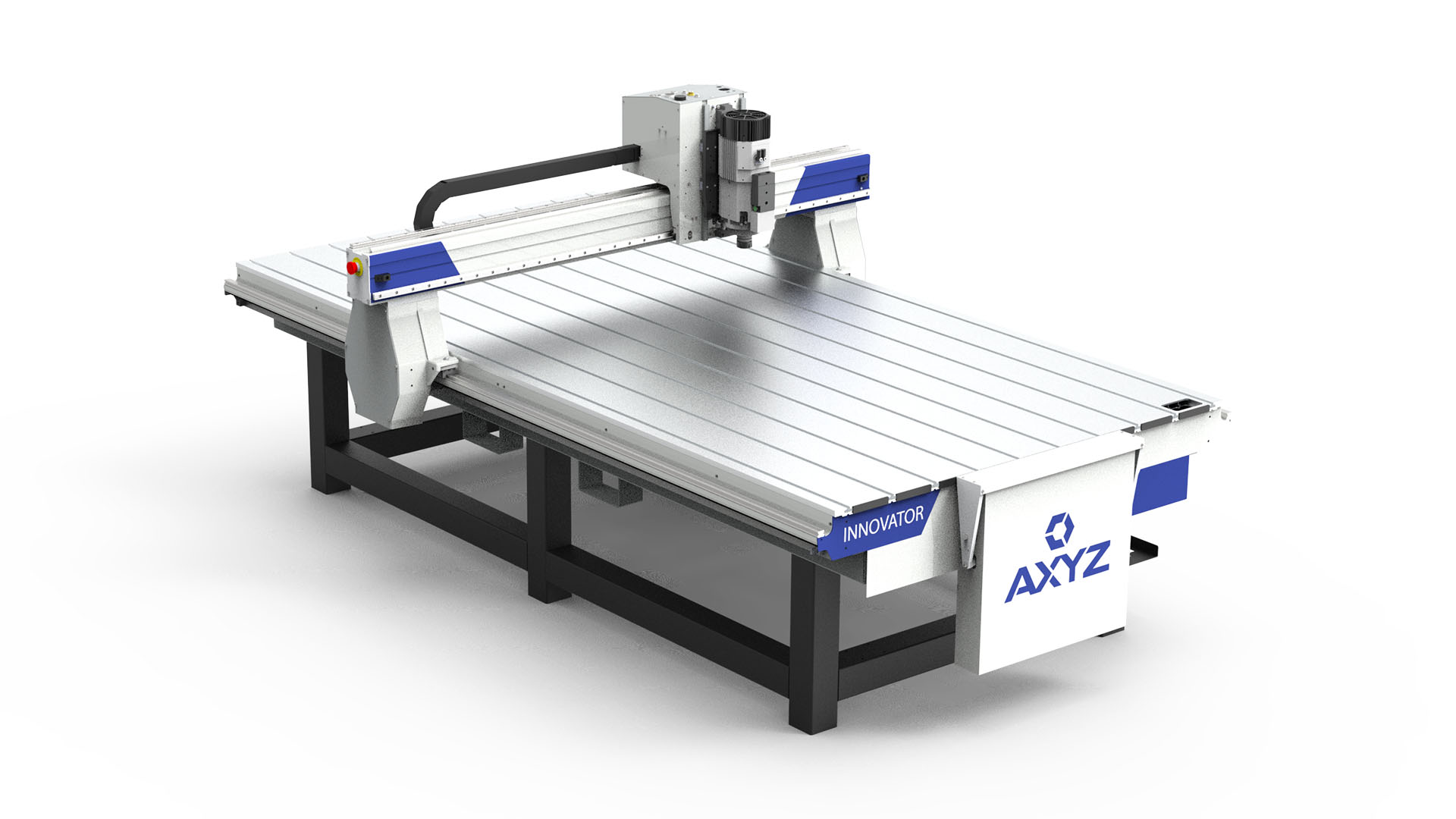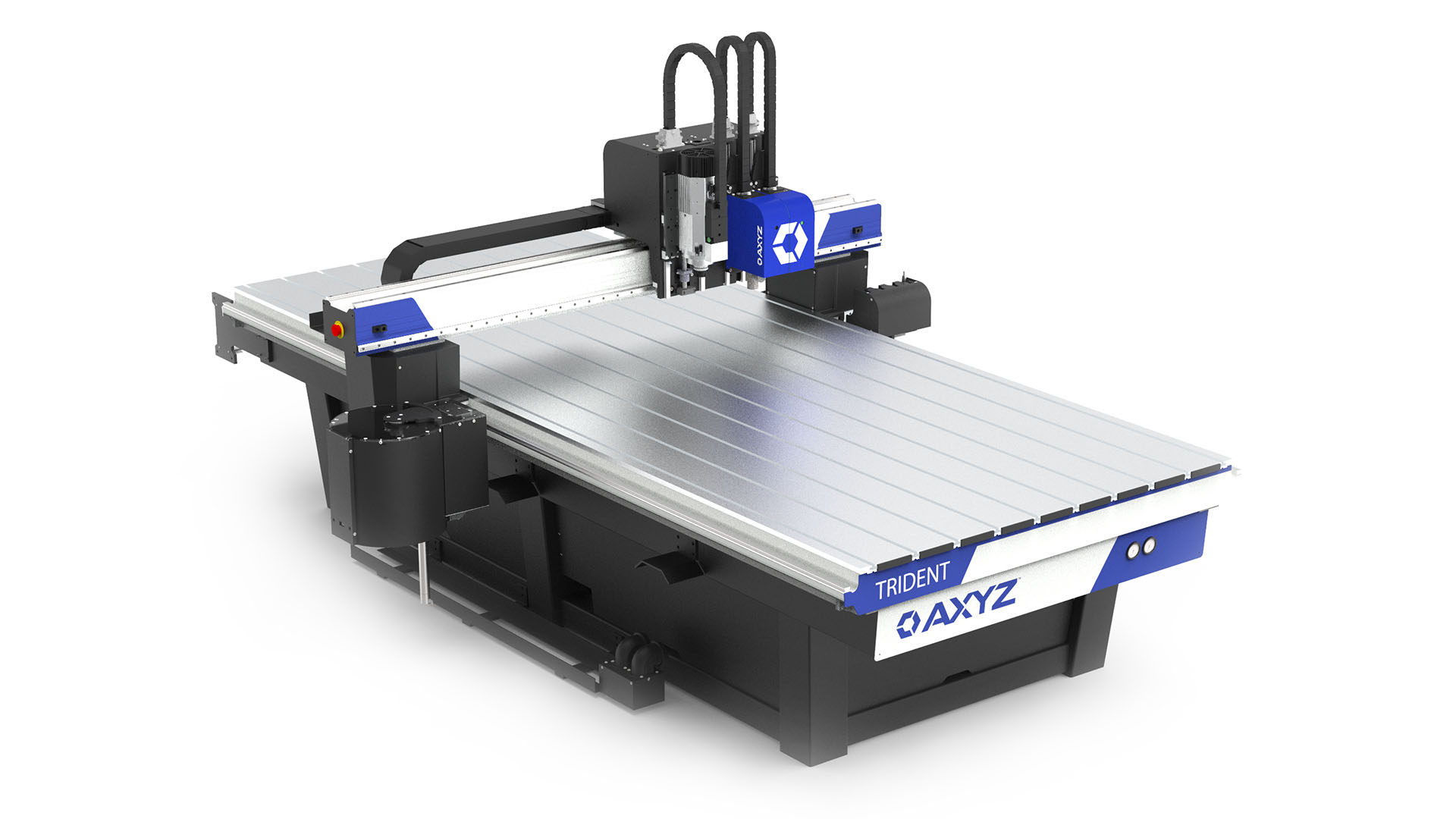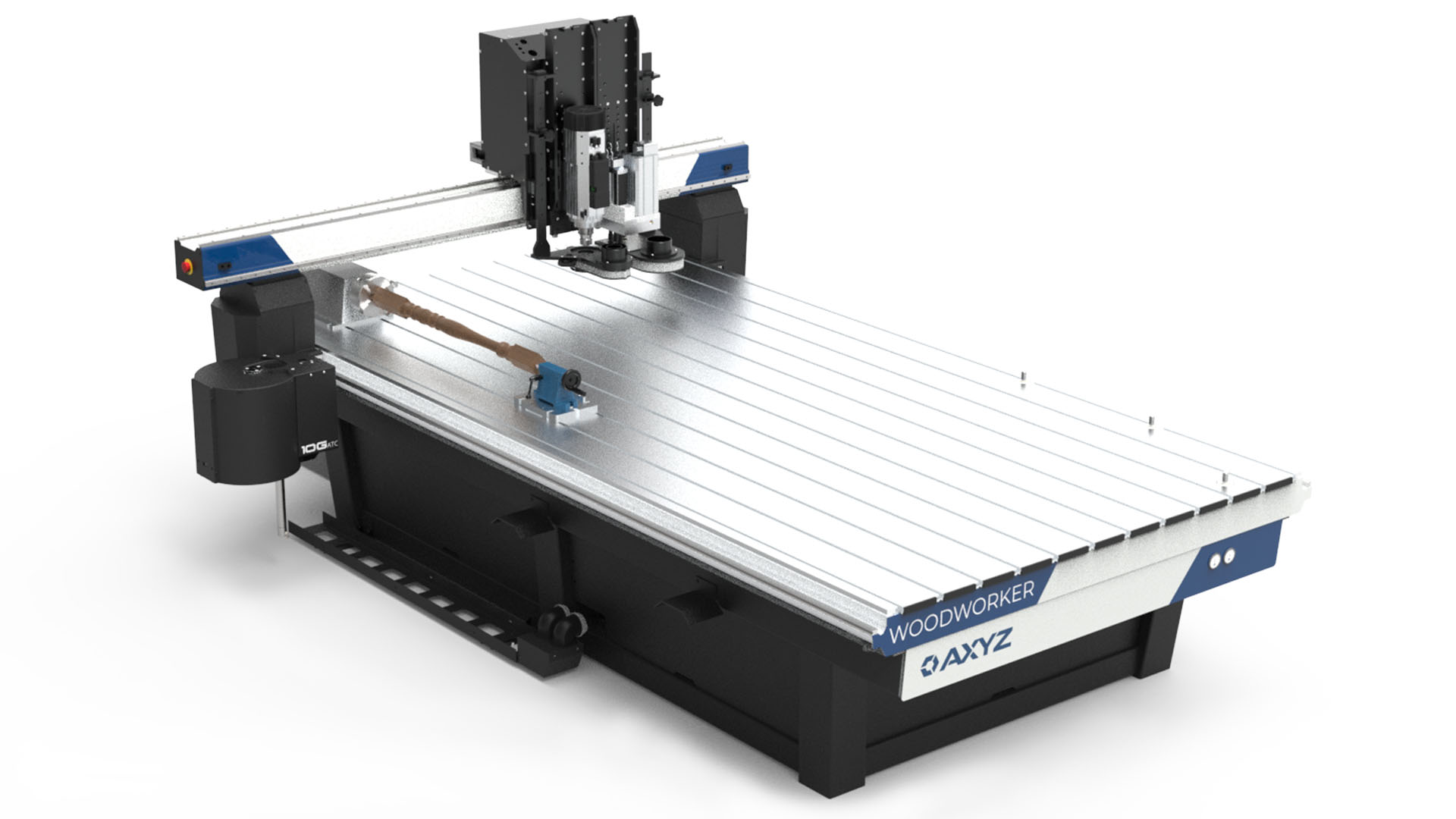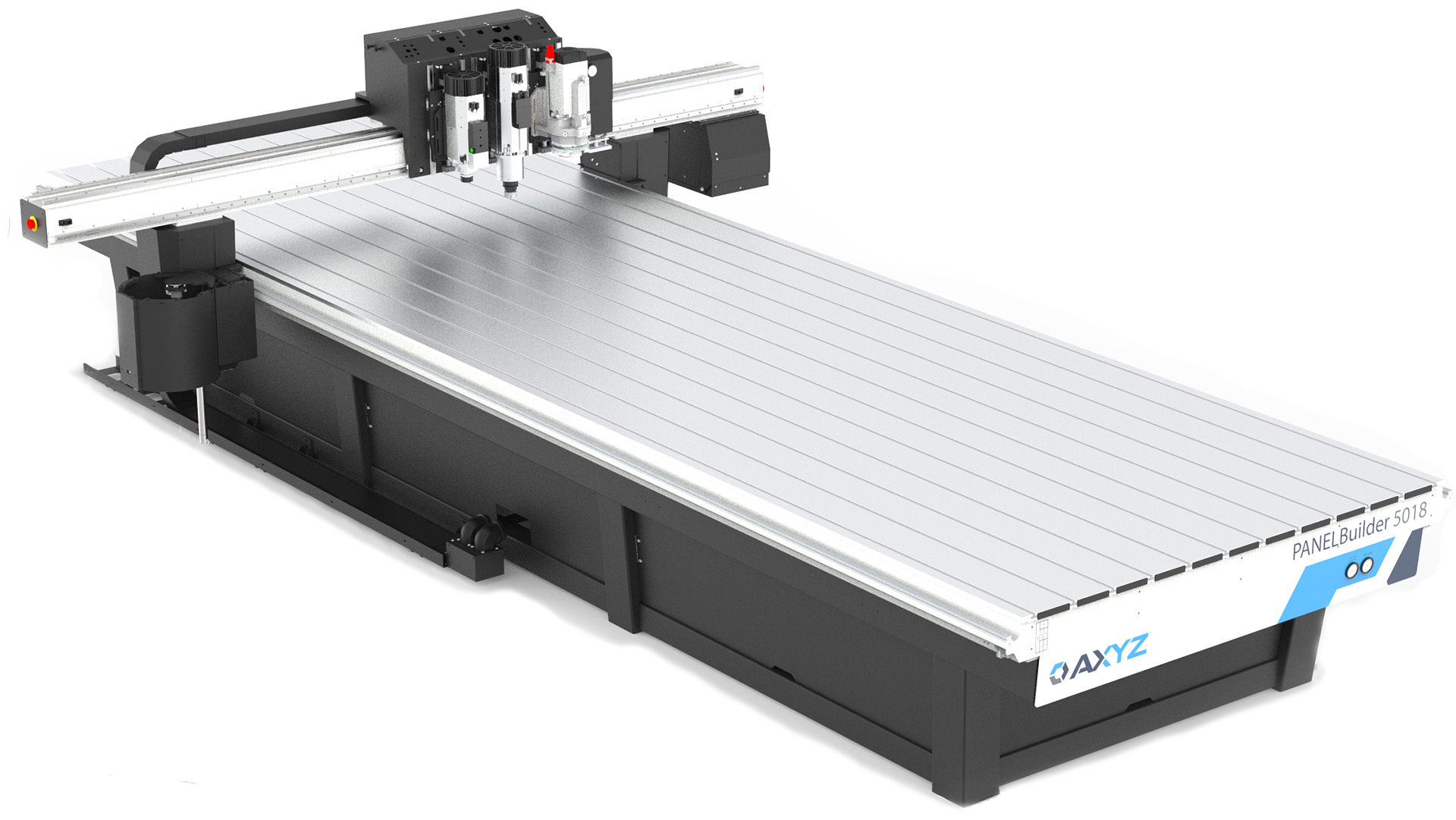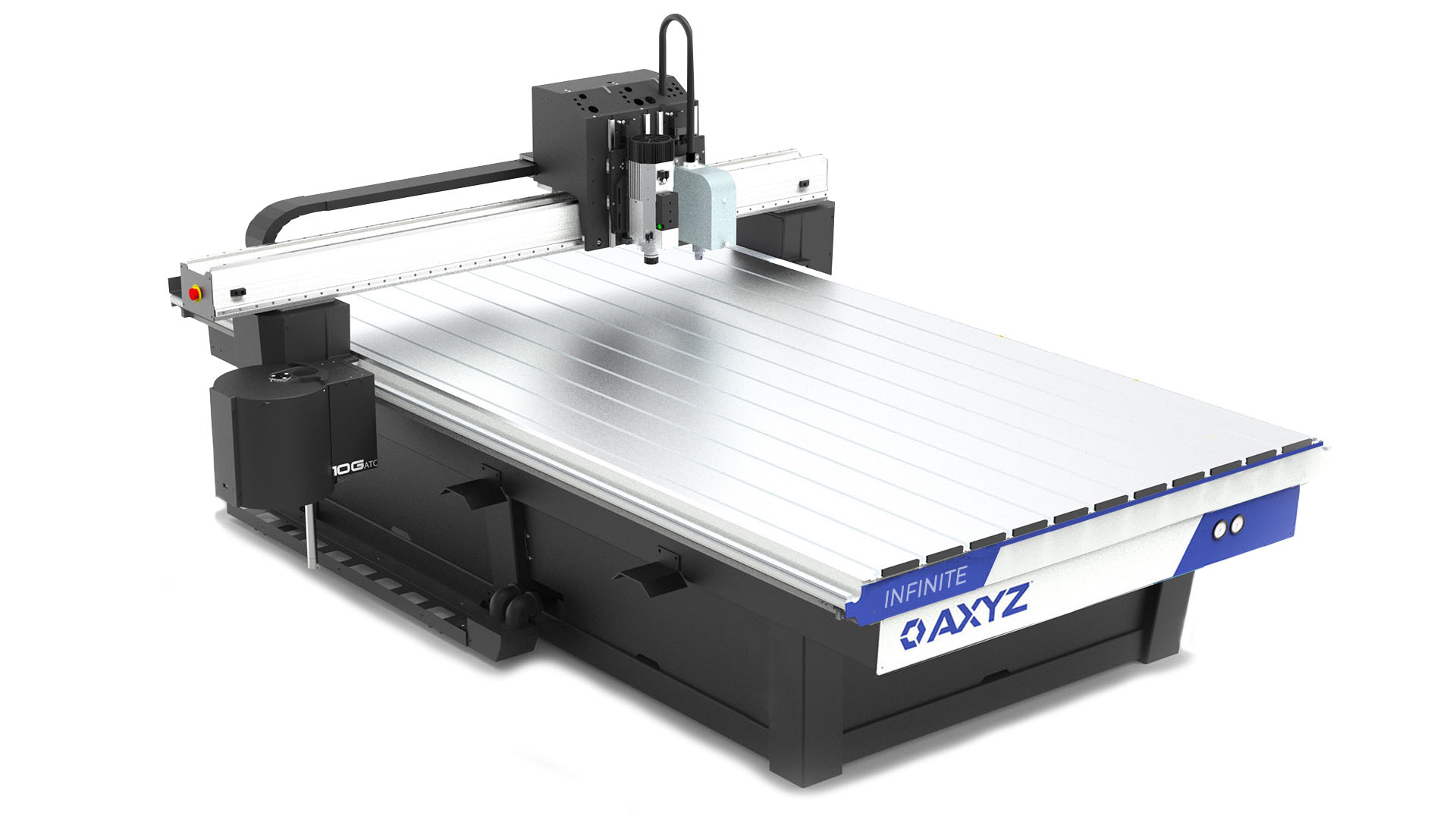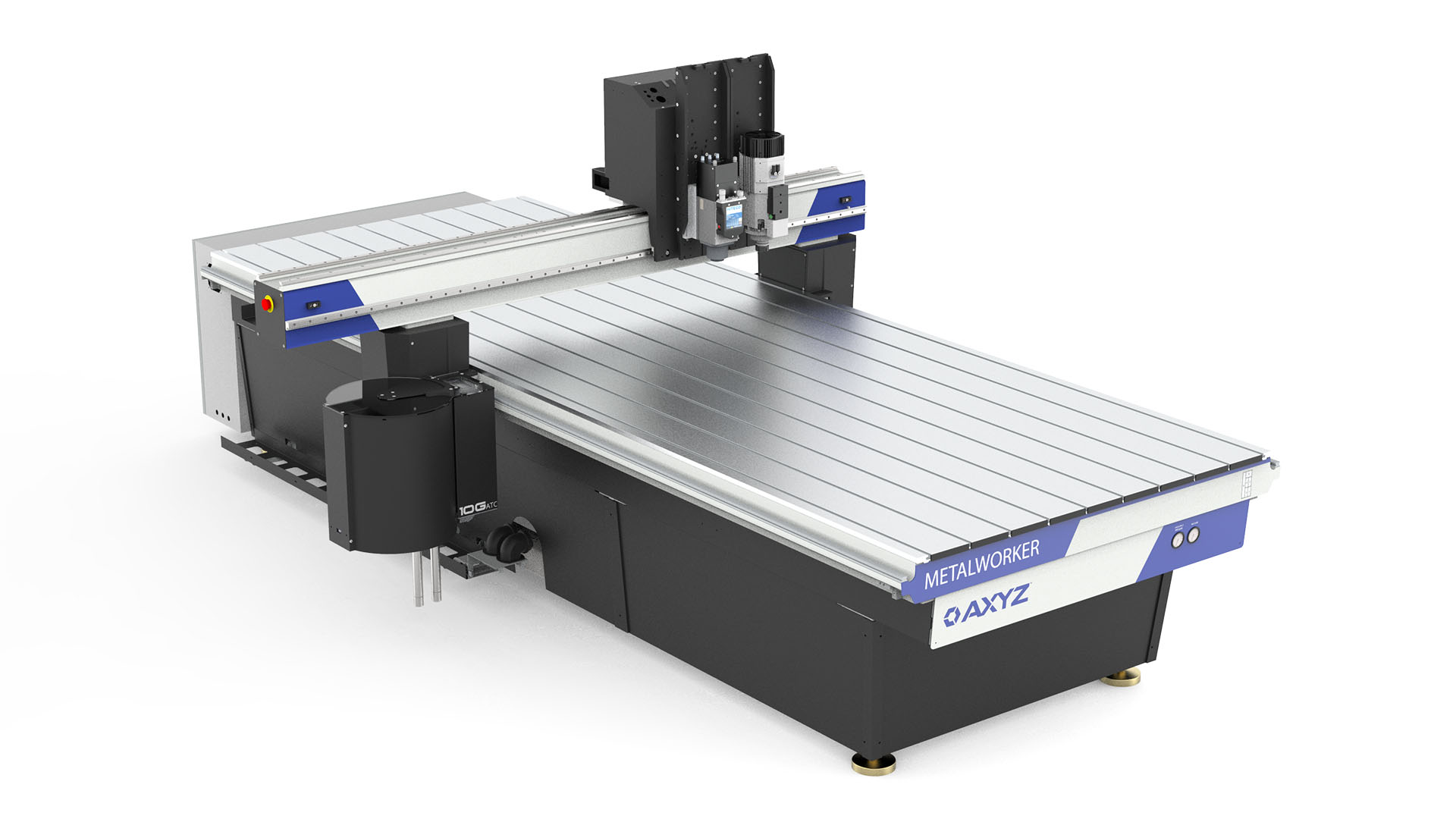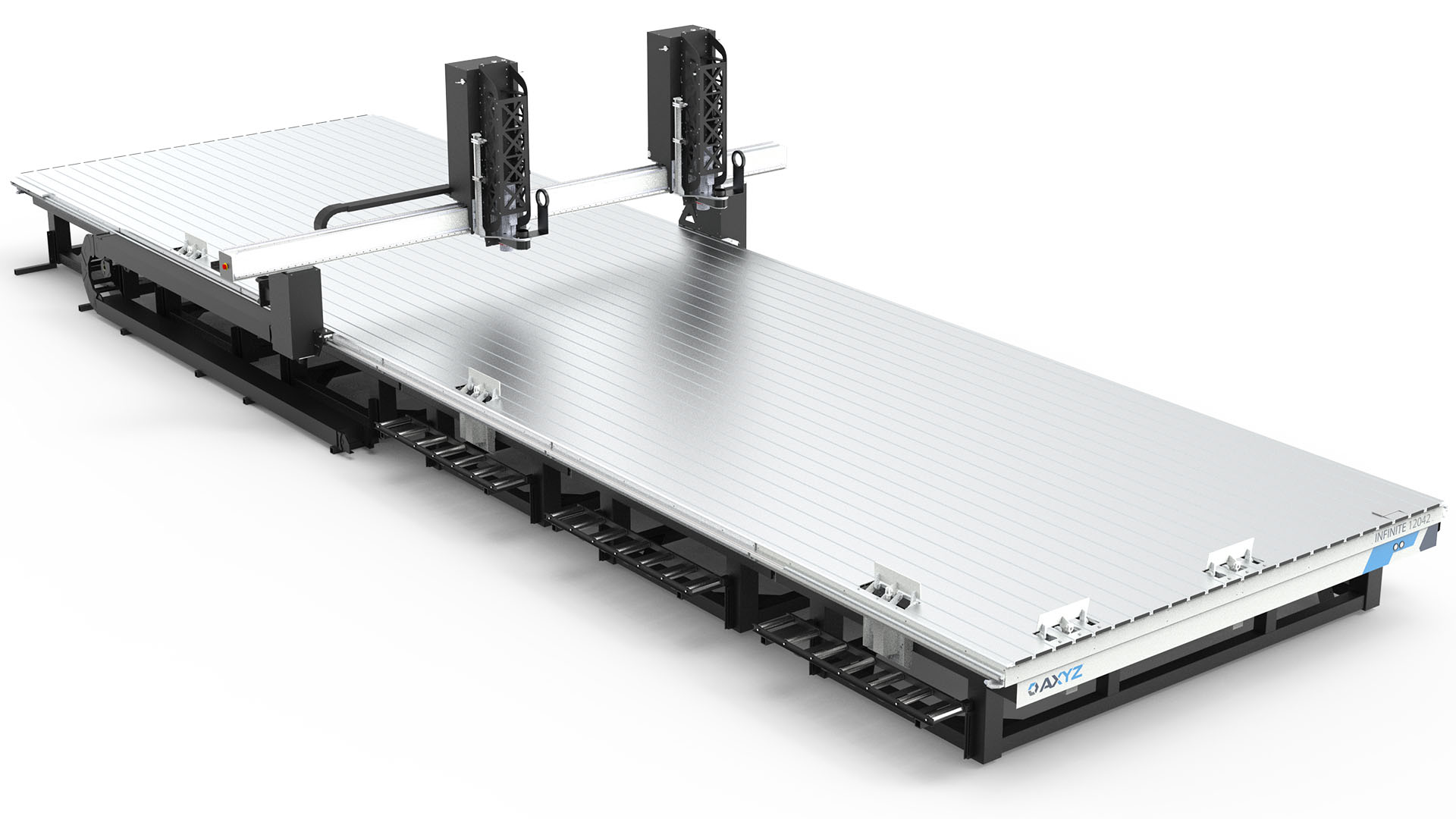Most modern CNC routers allow simultaneous 3 axis control which means it is possible to cut quite complex and detailed 3D designs which are becoming increasingly popular for signmaking, moldmaking and many other applications. Here are five tips for successful 3D machining:
- Use appropriate software for 3D design and programming. This is one of the most important decisions as the quality of the machine program has a great bearing on the quality of the finished product. These days there are many powerful CAD/CAM systems around which are relatively inexpensive and easy to use. Make sure you select one that is suitable for the type of work you are doing. For general signmaking applications, we recommend the Aspire software from Vectric. This is good at handling text and can also create 3D reliefs from 2D images. It also has good visualization and simulation features so you can see what you’re going to get before any cutting takes place – this is especially useful because some 3D programs can take a long time to cut and you don’t want to waste time and materials doing too many test cuts.
- Data Quality. Make sure that the 3D model and also the program data is clean and good quality. Just as in 2D profile cutting, the quality of the 3D finished part is only as good as the data you use. This is particularly important if you have converted a 2D image or photo into a 3D relief so make sure you use any smoothing tools that are available in the software. Also, poor quality data will reduce the speed of the machine making a long operation take even longer.
- Router Bit Selection. Most 3D programs make use of at least two different bits. The first will be a roughing operation using a fairly large diameter bit so that the majority of the waste material can be removed as quickly as possible. Depending on the design, it is usually better to use a ballnose bit as this will follow the contours better and leave less material for the finishing operation. The diameter of the second ballnose bit will determine the smoothness and the amount of detail produced in the finished part. Generally the smaller the diameter the more detail you will see. However, don’t select one smaller than you need because this will just make the program take longer than necessary to run. Sometimes you may need to use two different finishing tools to optimize the machine cycle time. Use the simulation features in your programming software to help visualize the result, they are usually very accurate.
- Machining Strategy. There are many different machining strategies that you can use and the best one will depend on the type of work you are doing and the capabilities of your programming software. All systems will offer a simple raster strategy where the tool passes back and forth across the design, stepping over a fixed amount each time. This however is often not the most efficient or even the best for showing up fine detail. Other strategies include offset, pocketing or specialized ones such as moulding, v-carving or texture type strategies. Almost always, a combination of strategies will provide the best result and the shortest cycle time.
- Program Stepover Values. Careful choice of program stepover values is also very important. The stepover is the distance between program passes and for a roughing operation you can easily use up to 90% of the tool diameter. For the finishing operation a good rule of thumb would be to use up to 10% of the tool diameter depending on the finish required. The type of material being machined will also affect the final result. For example, harder materials like aluminum will need a much finer stepover for a smooth finish than softer materials like model board or MDF. Again, use your programming software visualization features to give you an idea of the end result.

